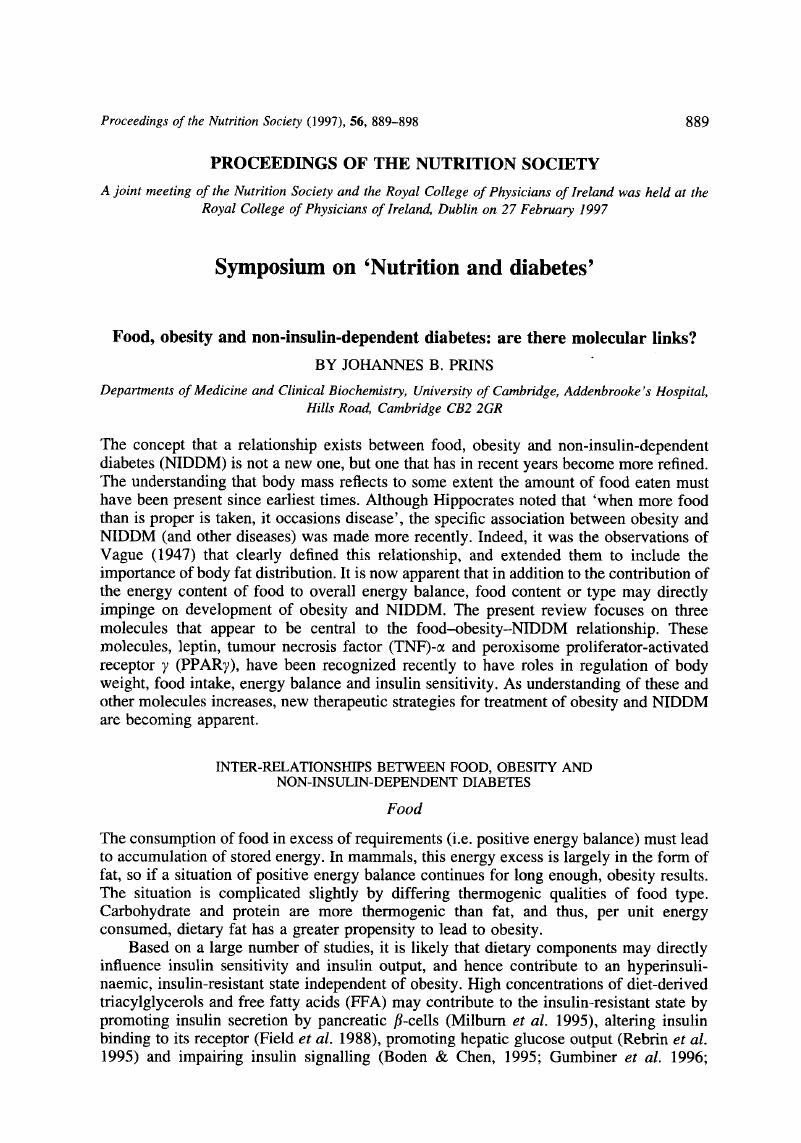Crossref Citations
This article has been cited by the following publications. This list is generated based on data provided by Crossref.
Frape, David L.
Williams, Norman R.
Rajput-Williams, Jayshri
Maitland, B. W.
Scriven, A. J.
Palmer, Christopher R.
and
Fletcher, Reginald J.
1998.
Effect of breakfast fat content on glucose tolerance and risk factors of atherosclerosis and thrombosis.
British Journal of Nutrition,
Vol. 80,
Issue. 4,
p.
323.
Rose, Michelle L
Paulik, Mark A
and
Lenhard, James M
1999.
Therapeutic approaches to Type 2 diabetes mellitus.
Expert Opinion on Therapeutic Patents,
Vol. 9,
Issue. 9,
p.
1223.
Wang, Q.
Herrera-Ruiz, D.
Mathis, A.S.
Cook, T.J.
Bhardwaj, R.K.
and
Knipp, G.T.
2005.
Expression of PPAR, RXR Isoforms and Fatty Acid Transporting Proteins in the Rat and Human Gastrointestinal Tracts.
Journal of Pharmaceutical Sciences,
Vol. 94,
Issue. 2,
p.
363.
Kokil, Ganesh R.
Veedu, Rakesh N.
Ramm, Grant A.
Prins, Johannes B.
and
Parekh, Harendra S.
2015.
Type 2 Diabetes Mellitus: Limitations of Conventional Therapies and Intervention with Nucleic Acid-Based Therapeutics.
Chemical Reviews,
Vol. 115,
Issue. 11,
p.
4719.



